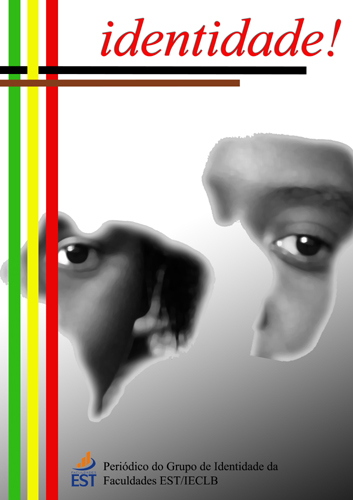The words "color" and "race" (do not) echo in the language of government documents on education
Keywords:
Identity, Race, Education, LanguageAbstract
The meanings of words such as race, ethnicity, gender, sexuality, inclusion, exclusion echo in our ears every day and remind us of the need to rehistorize our personal and collective histories, thus introducing breaks in the identities. However, the necessary breaks can only be made as we remember, because we can only forgive if we don’t forget. Therefore, it seems so important that inclusion policies, including racial inclusion of the black, or the indigenous, for example, be discoursed by Brazilian society. Remembering this seems to be the first step towards political action. We remember by images, by objects, words and the rhythmic sounds of music. The images and objects can be exposed to the public in museums and squares, but the words need to be uttered, whether in the aesthetics of poetry, of the novel, of the rhythmic sound of music, or of the official words from the government as it delineates the political action of a nation. Since Brazil is a multiracial and multicultural country, the aim of this paper is to verify how the concept of race is present and how it is articulated discursively in the educational documents of the Brazilian government, particularly the National Curriculum Guidelines. The concern is justified because the identity studies, based on the principles of Cultural Studies show that identities are forged through the attitudes and strategies of the individual in relation to the other and by directive policies of the States.
Downloads
Published
How to Cite
Issue
Section
License

This work is licensed under a Creative Commons Attribution-NonCommercial-NoDerivatives 4.0 International License.


